Latest News

Qatar Grand Prix
F1 2024 Qatar Grand Prix weather forecast - latest today from Lusail
- 57 minutes ago

F1 Superstars
Norris teases F1 ABSENCE in Verstappen holiday link-up hint
- 1 hour ago

Mercedes
Mercedes star SLAMS fellow Brit in astonishing Verstappen championship challenge
- 2 hours ago

F1 News & Gossip
Verstappen reveals KEY reason behind Horner feud
- 3 hours ago

F1 Today
F1 News Today: Verstappen facing huge loss as FIA confirm MAJOR grid change
- 3 hours ago
- 1

Red Bull
Red Bull chief reveals DEADLINE for Perez future decision
- Today 10:57
F1 Race Calendar 2024
-
 GP CANADA
7 - 9 Jun
GP CANADA
7 - 9 Jun

-
 GP SPAIN
21 - 23 Jun
GP SPAIN
21 - 23 Jun

-
 GP AUSTRIA
28 - 30 Jun
GP AUSTRIA
28 - 30 Jun

-
 GP GREAT BRITAIN
5 - 7 Jul
GP GREAT BRITAIN
5 - 7 Jul

-
 GP HUNGARY
19 - 21 Jul
GP HUNGARY
19 - 21 Jul

-
 GP BELGIUM
26 - 28 Jul
GP BELGIUM
26 - 28 Jul

-
 GP NETHERLANDS
23 - 25 Aug
GP NETHERLANDS
23 - 25 Aug

-
 GP ITALY
30 Aug - 1 Sep
GP ITALY
30 Aug - 1 Sep

-
 GP AZERBAIJAN
13 - 15 Sep
GP AZERBAIJAN
13 - 15 Sep

-
 GP SINGAPORE
20 - 22 Sep
GP SINGAPORE
20 - 22 Sep

-
 GP USA
18 - 20 Oct
GP USA
18 - 20 Oct

-
 GP MEXICO
25 - 27 Oct
GP MEXICO
25 - 27 Oct

-
 GP BRAZIL
1 - 3 Nov
GP BRAZIL
1 - 3 Nov

-
 GP USA
22 - 24 Nov
GP USA
22 - 24 Nov

-
 GP QATAR
29 Nov - 1 Dec
GP QATAR
29 Nov - 1 Dec

-
 GP ABU DHABI
6 - 8 Dec
GP ABU DHABI
6 - 8 Dec
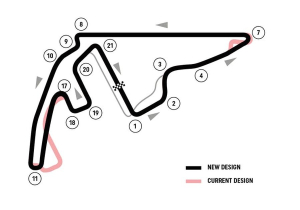




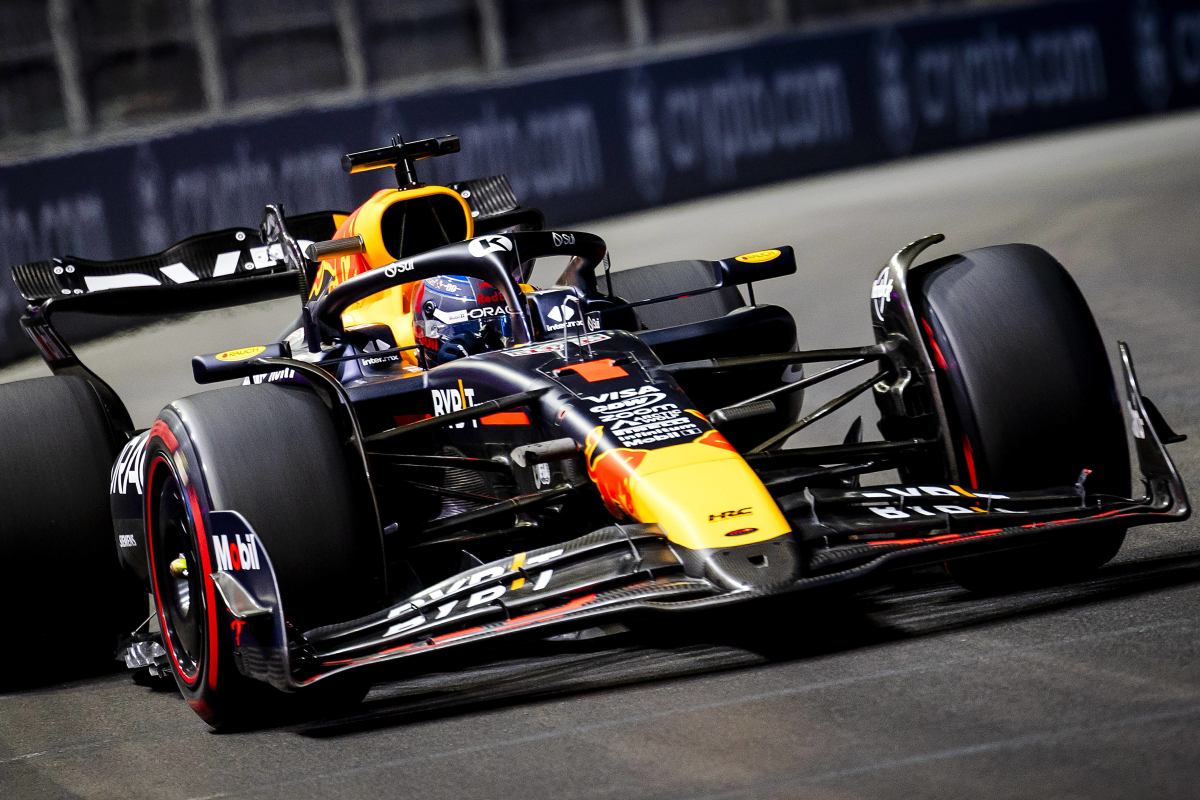

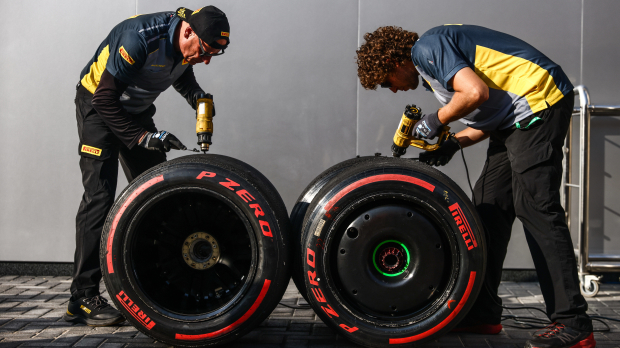
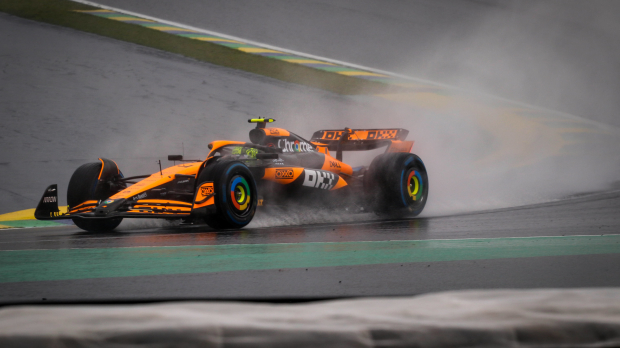
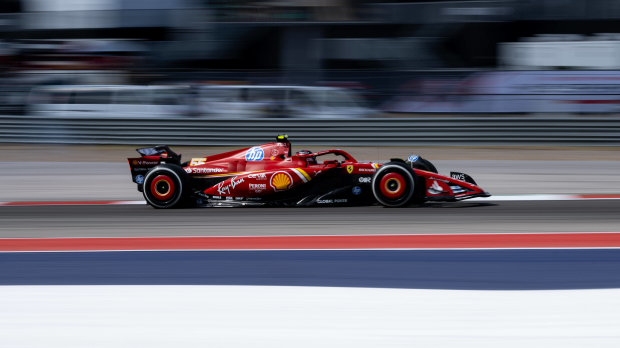
















 Gulf Air Grand Prix of Bahrain 2024
Gulf Air Grand Prix of Bahrain 2024  Saudi Arabian Grand Prix 2024
Saudi Arabian Grand Prix 2024  Grand Prix of Australia 2024
Grand Prix of Australia 2024  MSC Cruises Grand Prix of Japan 2024
MSC Cruises Grand Prix of Japan 2024  Grand Prix of China 2024
Grand Prix of China 2024  Grand Prix of Monaco 2024
Grand Prix of Monaco 2024 